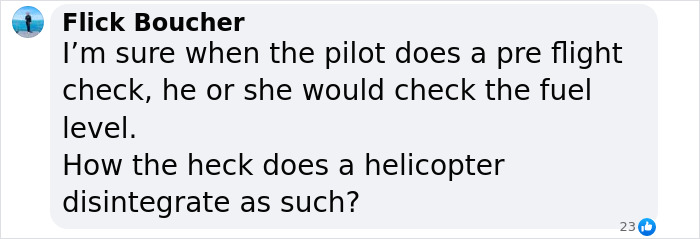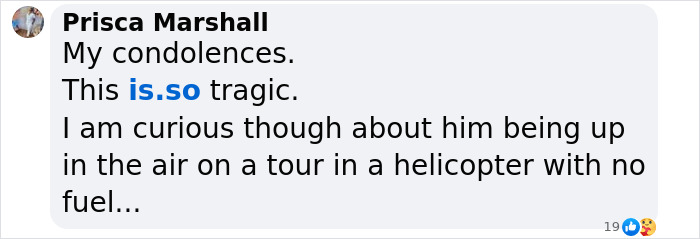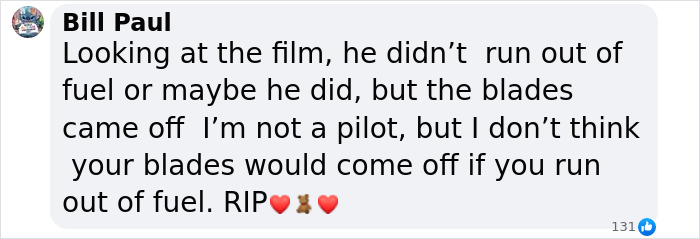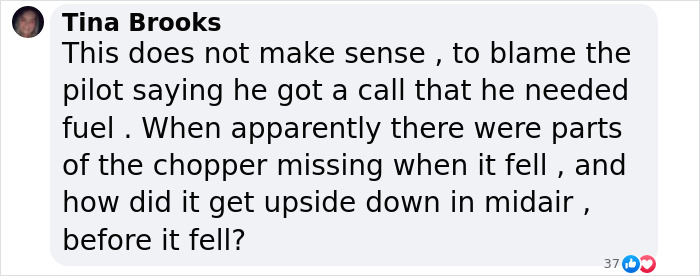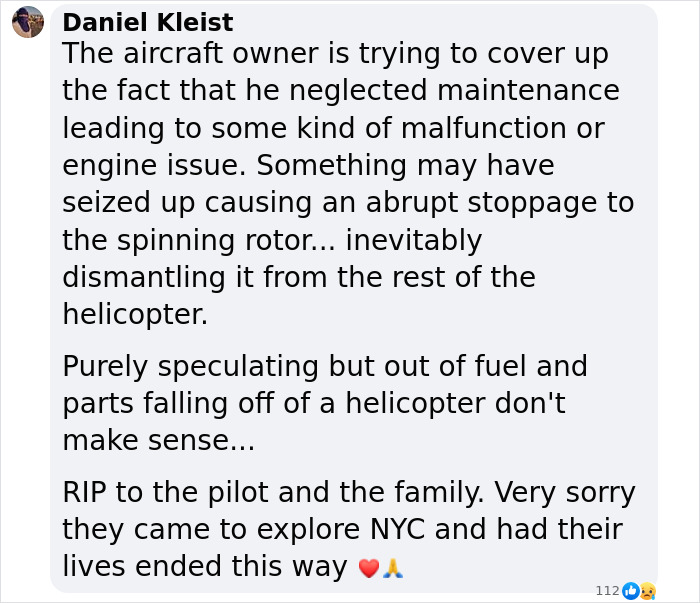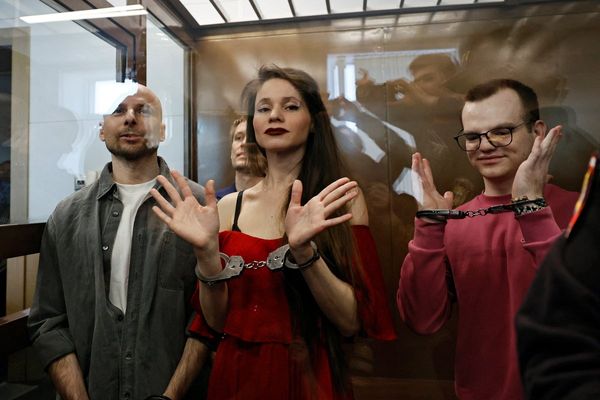The pilot, who flew the doomed helicopter that crashed into the Hudson River, made a call before all six aboard tragically lost their lives.
Videos captured the helicopter splitting into two parts mid-air and tumbling down into the water, just off the tip of Lower Manhattan. The exact cause of the crash was not immediately clear.
After information about the pilot’s message to dispatch was released, netizens said it “sounds fishy” and felt there’s “more to this than what we’re being told.”
The pilot made a call before the ill-fated helicopter crashed into the Hudson River on April 10
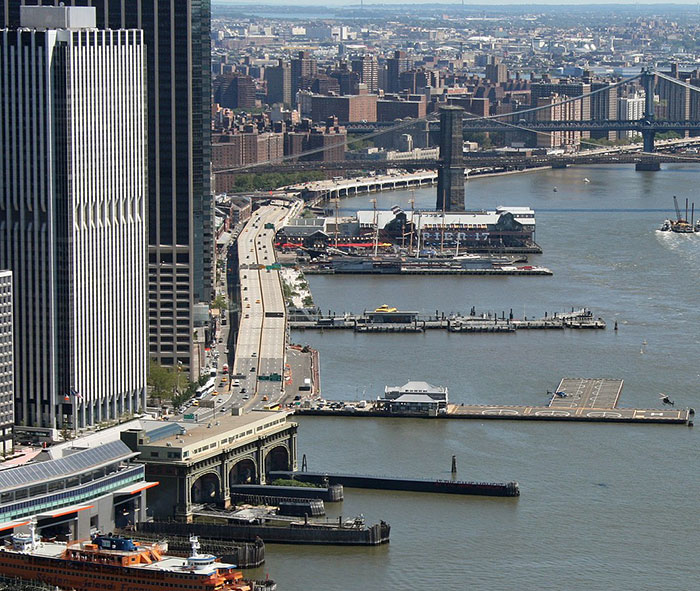
The family of five Spanish tourists had arrived in New York City on Thursday, April 10, and lost their lives together on the very same day.
Agustín Escobar, president and CEO of Siemens Spain, and his wife Merce Camprubi Montal, a global manager at an energy technology company, were among the victims.
Their children, aged 4, 5 and 11, and the pilot also did not survive the latest US aviation disaster.
The sightseeing helicopter crashed the very same day the family of five Spanish tourists arrived in New York City
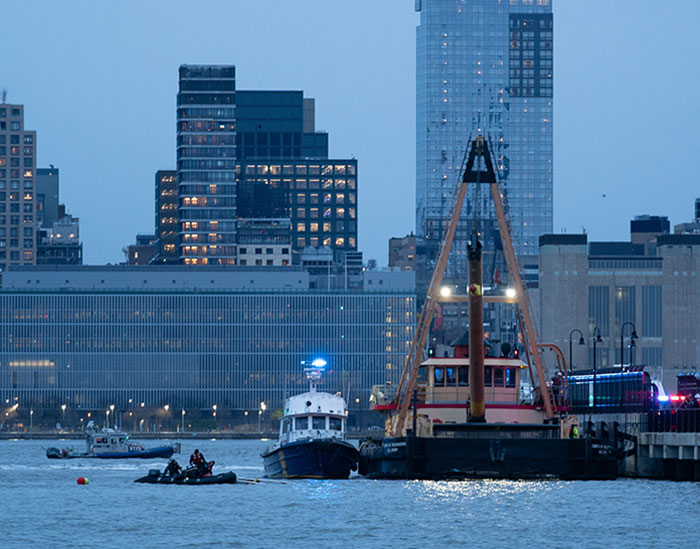
The family had climbed aboard the sightseeing helicopter and took off around 2:59 p.m. from the downtown Manhattan heliport.
The Bell 206 helicopter was operated by New York Helicopter Tours and was in the air for about 15 to 20 minutes before it crashed.
At 3:17 p.m., the pilot had made a call saying they were returning for fuel, according to Michael Roth, 71, the owner of the company that operated the ill-fated chopper.
Michael Roth, the owner of New York Helicopter Tours, said the pilot called saying they needed more fuel
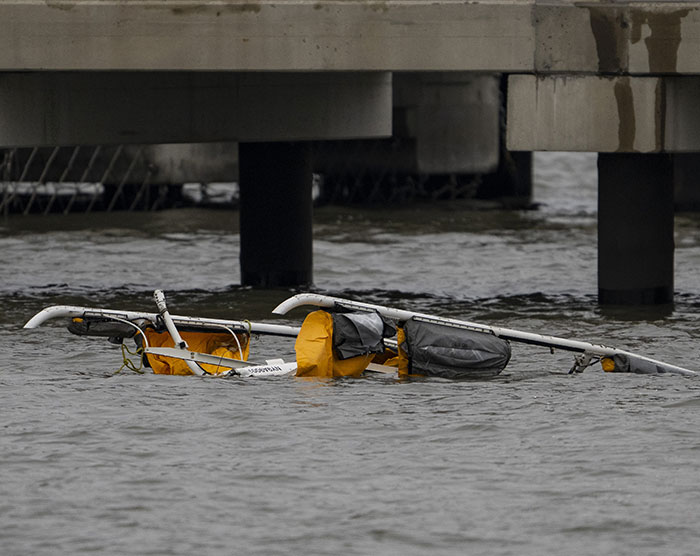
“He called in that he was landing and that he needed fuel, and it should have taken him about three minutes to arrive,” the owner told The Telegraph.
“But 20 minutes later, he didn’t arrive,” he added.
After Roth received a flood of phone messages, one of his company’s other pilots flew over the Hudson River and “saw the helicopter upside down.”
“The d**th of the child, of any human being, is a monumental disaster,” Michael said
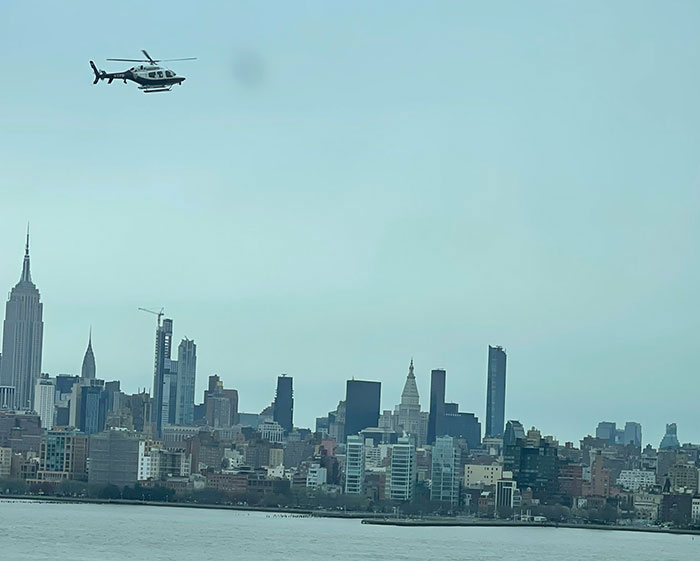
“We’re all devastated,” he told the outlet. “Every employee in our company is devastated. My wife has not stopped crying.”
“The d**th of the child, of any human being, is a monumental disaster,” he continued.
When asked about the helicopter’s maintenance, Roth told CNN that it was his “director of maintenance who deals with that.”
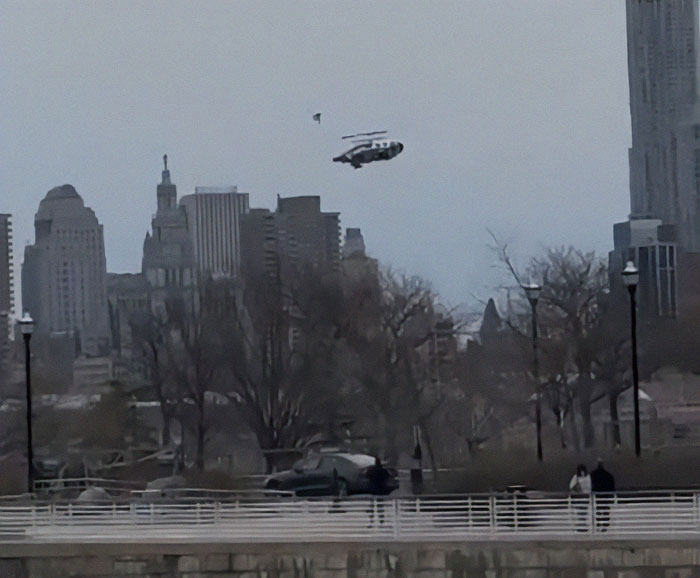
Netizens felt Roth’s narration of the call seemed odd.
Some questioned why lack of fuel would cause the helicopter to “split into two.”
“They ran out of fuel, just 16 minutes into the flight?” one asked.
“Surely there’s more to this story,” one said. “I’m not a pilot, but we all know having enough fuel before taking off in an aircraft is crucial.”
Social media users said the details about the last call sounded “fishy”
Moment when a tourist helicopter crashed into New York City’s Hudson River on Thursday, killing all six aboard, including three children.
Videos of the crash showed what appeared to be a large object plunging into the river, followed seconds later by what appeared to be a… pic.twitter.com/1u5UEMzupK
— Vani Mehrotra (@vani_mehrotra) April 11, 2025


“No fuel doesn’t explain the helicopter falling apart / the rotor come off mid-air,” one commented. “I hope the families can get the answers they need.”
“It looks like the company has had its share of issues,” another said. “I don’t understand why the pilot made a radio call that he was out of fuel a short while after taking off. Wouldn’t they have filled up while there?”
Witnesses recalled seeing parts of the aircraft coming apart mid-air
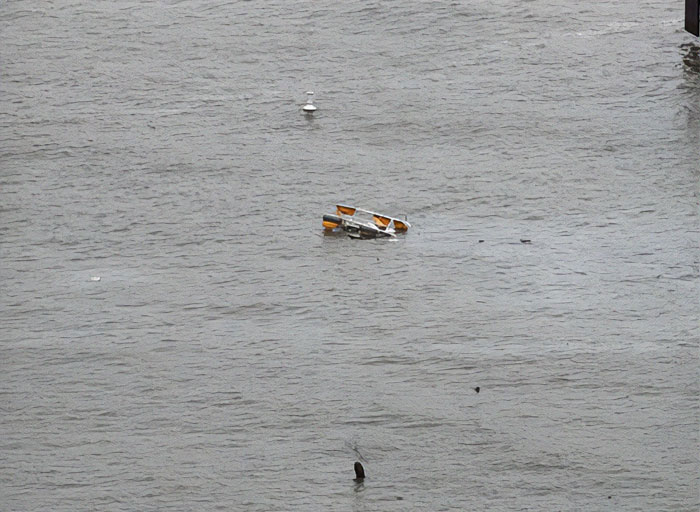
In the moments before the helicopter plunged into the river, witnesses saw parts of the aircraft coming apart mid-air.
“The helicopter was a little bit like nose down, slightly, and I saw the propeller separating from the helicopter,” witness Sarah Jane Raymond Ryer told CBS News.
“It kept spinning in the air alone,” she added. “Nothing was attached to it.”
“I saw the propeller separating from the helicopter,” one witness said
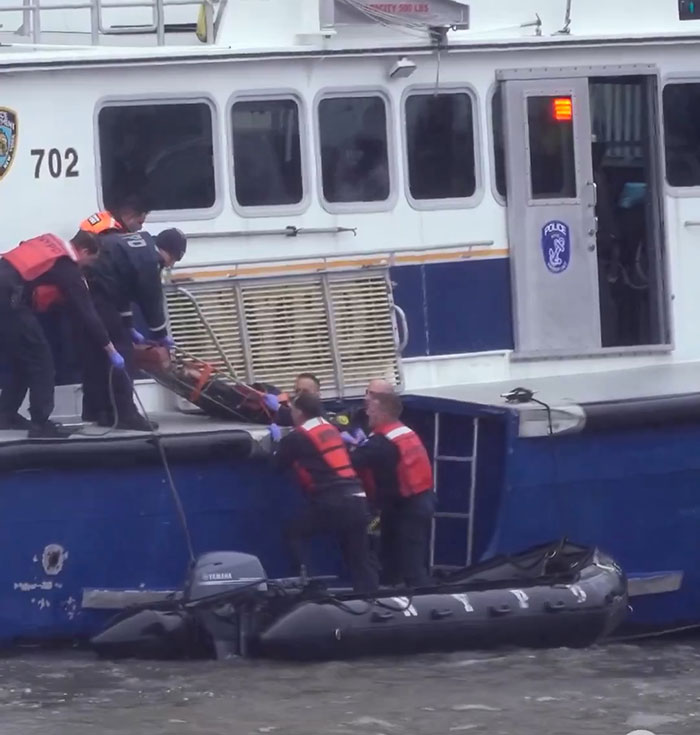
CBS News New York’s Dan Rice, who frequently flies the same helicopter model, said it appeared as though the aircraft experienced a “catastrophic failure.”
“There’s one video in particular where you see the main component of the helicopter, the fuselage, upside down. And what struck me, what scared me, is the main rotor system was gone,” he said.
🚨 | According to reports in the New York Post, the victims of the helicopter that plunged into the Hudson River were identified as Agustin Escobar, CEO of Siemens in Spain, along with his wife and three children https://t.co/8IMpYhwec2 pic.twitter.com/yLFKYCeMwe
— VOZ (@Voz_US) April 11, 2025
“There’s no main rotor on the helicopter,” he continued. “And the tail boom was also gone, and it’s just a vessel at that point with no direction.”
Justin Green, an aviation lawyer who was a helicopter pilot in the Marine Corps, also believes a “catastrophic mechanical failure” may have led to the accident, leaving the pilot helpless with no way of saving his passengers.
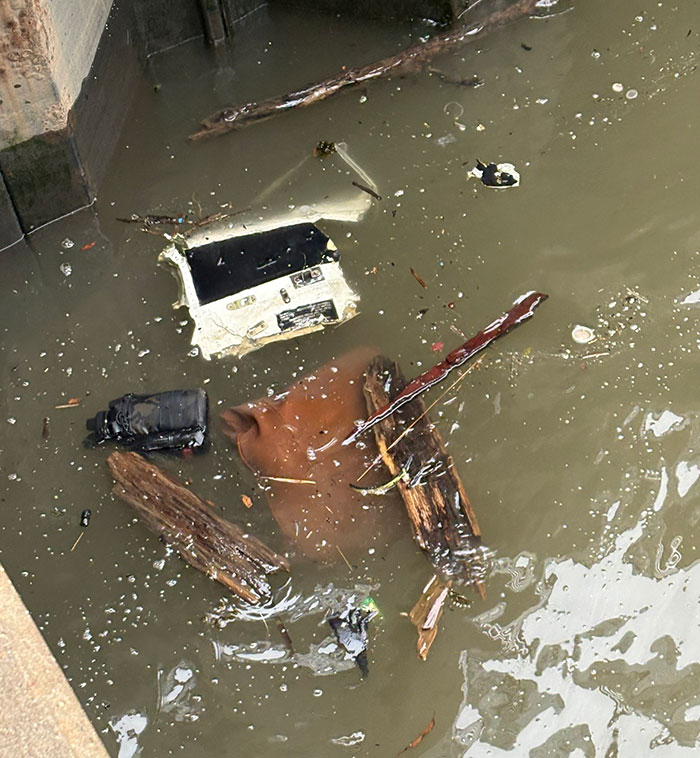
“There’s no indication they had any control over the craft. No pilot could have prevented that accident once they lost the lifts,” he told the Associated Press. “It’s like a rock falling to the ground. It’s heartbreaking.”
The victims “were d*ad as soon as whatever happened happened,” he added.
As numerous theories came about, former combat helicopter pilot Jesse Matchey speculated “mast bumping seems plausible/likely.”
“In which case, the pilot error could be another potential contributing factor,” he added in a tweet.
Debris from this afternoon’s helicopter crash in the Hudson river floating in the water, including what looks to be sneaker. pic.twitter.com/fICu3oKC99
— Dean_Moses (@Dean_Moses) April 10, 2025
Mast bumping occurs in helicopters with teetering rotor systems, like the Bell 206, when excessive cyclic control movements lead to the rotor hub tilting too far. This can cause the rotor blades to strike the tail boom or even break the helicopter apart mid-air.
In cases of engine failure, helicopters are designed to perform a maneuver called autorotation, which allows pilots to control their descent and land safely.
Even if the engine is no longer supplying power to the main rotor, the rotor blades continue to spin due to the upward flow of air as the helicopter descends.
“Sad, at least they all went to heaven together,” one social media user said

